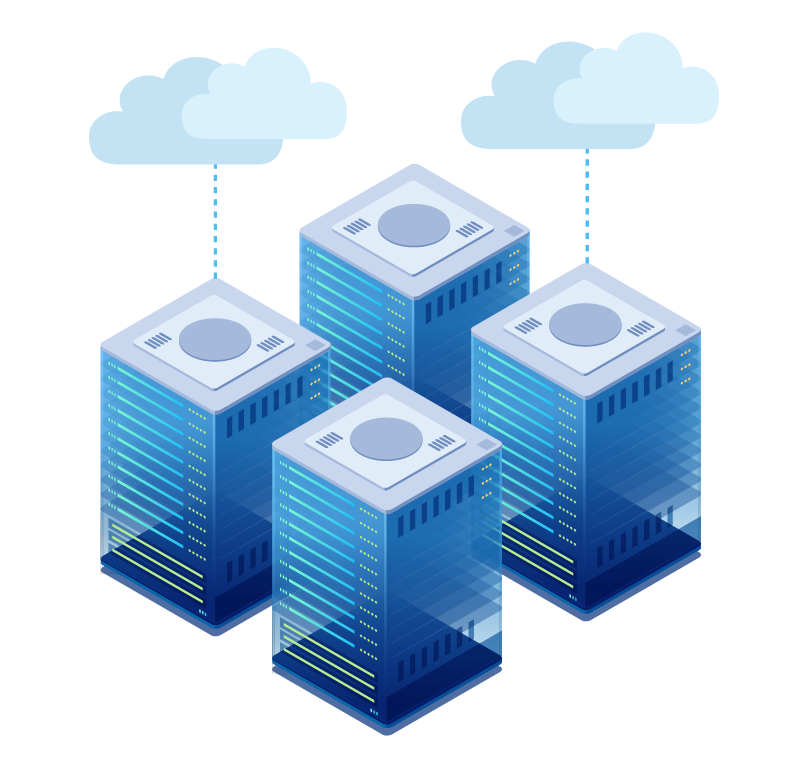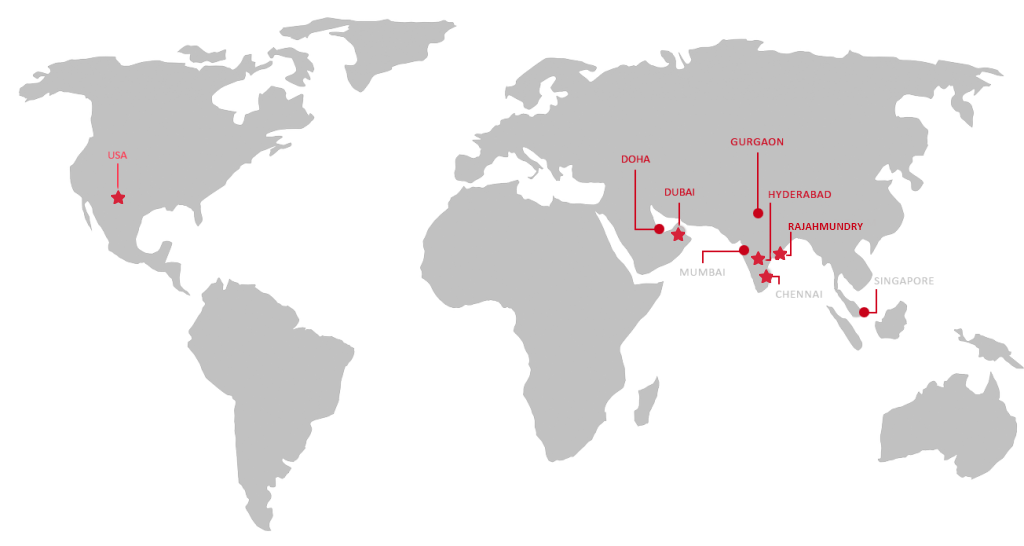
Succeeding the planet’s fastest OLTP/analytics database machine, the Exadata X9M has arrived to offer even more powerful and cost-effective solution to Oracle Autonomous Database users. The upgrade originates from not merely the ramped-up, state-of-the-art hardware, however, also the intelligent architecture of the new Oracle Exadata X9M – consisting of:
- Scale-out servers and storage with RDMA for internode cluster coordination
- AI-enabled offloading of data-intensive SQL operations to storage
- Smart flash cache and storage index for catalyzing database I/O
- Dramatically faster analytics via columnarization
- Automatic prioritization of latency-sensitive workloads
- Workload isolation, and more
Explore:

Available on-premises, Cloud@Customer, and in the Oracle Cloud Infrastructure – the Exadata X9M is simply a powerhouse that generates 70% greater IOPS against the last version X8M, together with below 19μs of I/O latency for OLTP. For SQL OLAP throughput and ML workloads, the Oracle Exadata X9M produces a massive surge of up to 87%. However, most surprisingly, X9M delivers all the performance boost at the exact same price as the Oracle Exadata X8M. This equates to a 42% decrease in costs for transactions, and 47% for analytics. This further makes the new Oracle Exadata X9M by far the number one pick on the price-performance scale.
Moreover, Oracle Databases are essentially at ‘home’ when deployed on the Exadata machines, for obvious reasons. And now, with the release of Exadata X9M that nearly doubles the price/performance advantage already offered by its predecessor – customers are more than compelled to grab the opportunity.
Oracle Exadata X9M: The results on each variant/combination
Oracle Exadata Cloud@Customer X9M: Featuring a whopping 80% swifter scan rates, 87% increased IOPS, and 19μs of SQL read latency is simply incredible at the announced pricing of the Oracle Exadata Cloud@Customer X9M. This paves the way for 47% lesser costs, while the Intel-powered elastic storage expansion affords a 45% drop on the infrastructure expense of massive workloads. Operator Access Control, on the other hand, extends enterprises with over-arching control of their new systems as they are abstractedly managed by Oracle.
Against the Amazon RDS, Exadata Cloud@Customer X9M affords fifty-times improved latency for online transaction processing. Whereas against the Azure SQL, it touches the ‘hundred’ mark. For OLAP, the throughput performances of the Exadata Cloud@Customer X9M is 72-times and 25-times greater against the above-mentioned contenders, respectively.
Oracle Autonomous Database + Exadata Cloud@Customer X9M: This configuration equates the deployment of the first-of-its-kind, self-troubleshooting, self-scaling, self-patching, and self-backing(up) Oracle Database on the peerless OLTP/OLAP performance Oracle Exadata – behind the enterprise firewall, and under the universal, pay-as-you-go subscription/pricing model of the Oracle Cloud.
A major enhancement in this setup is the compatibility for small databases working with fractional CPUs – activating agile, affordable consolidation, application development. Fused with the Oracle Zero Data Loss Recovery Appliance creates barrier (via, for instance, encryption keys managed by customers, or the access control lists [ACL] at the database level; Oracle GoldenGate; Data Guard, and more) against the ill-famous ransomwares, and all other forms of cyberthreats, or data loss.
Oracle Exadata Database Machine X9M (Platform only): The Exadata X9M platform is born out of leveraging an exclusive scale-out architecture that coalesces the state-of-the-art Intel XEON processors, and OPTANE persistent memory (PMem), RoCE-free networking for enabling 27.6 million IOPS and 19 microseconds of latency for transactions. For catalyzing analytics, every Exadata X9M rack extends more than 1 TB per second of scan throughput together with 576 CPUs in intelligent storage servers in order to execute low-degree SQL queries, OLAP, and ML algorithms.




